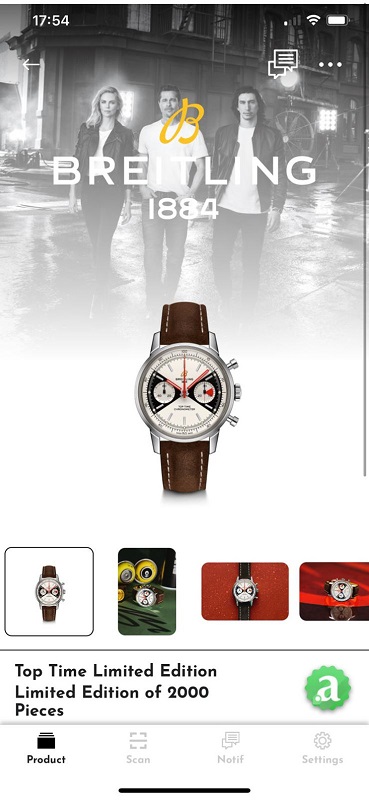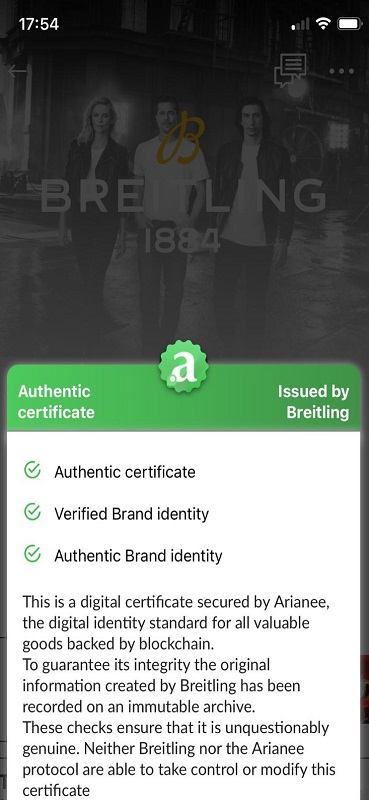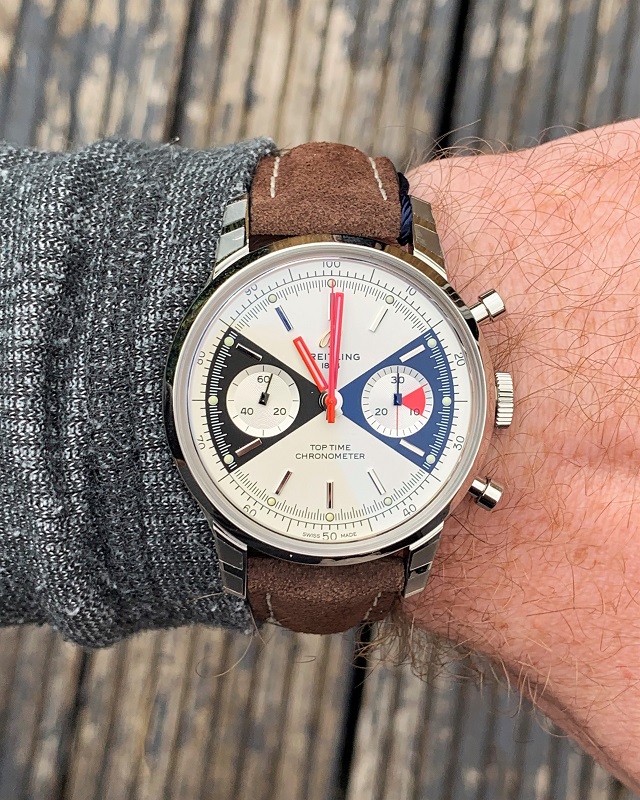One of the biggest recent technological innovations is the creation and evolution of ‘blockchain’ – the same technology which underpins cryptocurrencies such as Bitcoin and Ethereum. However, there is a significant difference between blockchain technology and cryptocurrencies. In this article, we take a look at blockchain technology, what it does, and look at the ways in which it is already being applied in the watch world and what we might see from it in the future.
What is Blockchain technology?
To start with it is important to understand that blockchain technology is facilitated by the use of de-centralised, distributed record keeping, as opposed to this being centralised.
If something is centralised, there is one central copy of the records to which all individuals on a particular network have access. A good example of this might be an internal company intranet where all the systems and records are kept in-house, or centrally. If this central data store goes down, the whole network is disrupted.
What distributed record keeping means is that copies of the records are stored and shared between all participating individuals on a network. This ultimately means that no one person or company ‘owns’ the network, and it becomes exponentially more difficult for any individual to disrupt or corrupt the network as it is stored everywhere.

Illustrating the differences between Centralised and DIstributed record keeping
By using the distributed record keeping model, blockchain technology provides the ability to create and share records which are then distributed to all network users, ideally on a public network of users over the internet. These records are individually protected using a technique called hashing, which is used to protect data by converting it into a fixed length string of letters and numbers – one tiny change in the original data will massively alter the resultant hash. This resultant hash can be used to confirm whether two things are the same; I won’t go into full detail here but suffice it to say that this serves to ensure that the records cannot be corrupted or manipulated.
By distributing this entire set of records to all nodes, it ensures full transparency as everybody on the blockchain network has a copy of the correct up-to-date records, but also means that if any one user and their node, or even multiple users and their nodes are rendered out of action, the system continues unaffected.
As these records grow over time, they are grouped into “blocks” of data, which are then appended to one another to create a “chain” of blocks, or a “blockchain”. This blockchain is essentially an immutable ledger of the entire history of whatever data you are using the blockchain technology to record.
What is the difference between blockchain and cryptocurrency?
The most famous example of an application of blockchain technology is the creation of cryptocurrencies such as Bitcoin. In this instance, there is and will only ever be a finite number of “Bitcoins” (21 million). The data that is recorded on the Bitcoin blockchain is, simplistically, a record of who has transferred what amount of Bitcoin to whom.
The point of contention for the financial world is that is generally a requirement to be able to identify individuals involved in financial transactions, whereas with blockchain technology and the cryptocurrency application, this is not a prerequisite. Users need only have a pseudo-anonymous digital ‘wallet’, like an account, to make a transaction which will transfer Bitcoin as a currency, like a digital cash-in-hand transaction which can take place across international borders.
What other applications can blockchain technology be used for?
The sky really is the limit here, and this is why there is so much excitement about blockchain technology and where its applications could take us in the future. Some slightly different applications might include notarising – in theory documentation could be uploaded to a blockchain as an immutable proof that a document was completed and signed at a particular time or date.
Another application could be within the food industry to track products from their origins right through to the customers – storing information such as where something was harvested, what batch was it in, how and when it was transported, who has handled it, when was it sold etc. If there was then a contaminant, within seconds it would be possible to notify everyone who would need to know, and appropriate actions could be taken.
With this, you might be able to start to see how this technology could be used to record other supply chains as well, and with the world of luxury watches in mind, combat one of its biggest enemies – counterfeit products.
How is blockchain in the luxury watch industry being used currently?
The first instances of blockchain technology in the luxury watch industry have already happened.
Focusing on the cryptocurrency application, Hublot launched the Big Bang Meca-10 P2P which could only be purchased through Bitcoin transactions. Franck Muller launched the Vanguard Encrypto which added a QR code to the dial and each watch came with its own digital wallet ID (the account mentioned earlier to start trading, in this instance, Bitcoins).
However, looking more toward the underlying blockchain technology, this year has seen both Breitling and Ulysse Nardin take major strides in implementing this innovative technology.
For Breitling, they have introduced a digital passport for their limited-edition Top Time watches. This is done in conjunction with a company called Arianee, who provide a digital certificate for luxury objects, in this instance each Top Time timepiece, which stores metadata about each timepiece on an immutable, blockchain based ledger. Logging into your account via an app will allow users to authenticate that the timepiece in question is authentic.

Screenshot of Breitling Top Time ownership through the Arianee app

Screenshot of the authentication certificate provided by the blockchain

Breitling Top Time
With Ulysse Nardin, they have taken this a step further and became the first luxury watch manufacturer to offer blockchain certification for all its collections by storing a digital signature of all physical warranty certificates in the encrypted hash on the blockchain. Doing this renders the warranty for a particular timepiece immutable, and it cannot be tampered with or forged in any way. Over the lifetime of a watch, data can then be added to its history such as any servicing, repairs, replacement parts – anything that is considered pertinent. The video below from Ulysse Nardin helps to explain the process:
Ulysse Nardin - Blockchain
What could we see in future?
Well, as we mentioned before, the sky really is the limit with applications for blockchain. It would seem likely that the implementations we have seen from Breitling and Ulysse Nardin described above might become more prevalent as the use of blockchain technology in the luxury watch industry becomes commonplace. This will enable people to keep a fully secured, digital record and history of their timepieces without the risk of ever losing the data, thanks to the blockchain’s distributed record keeping.
If the uptake is sufficient blockchain could be used to help fight against counterfeit timepieces, offering the chance to authenticate a timepiece instantly, or even confirm that the registered owner of a timepiece is who they say they are thus helping fight against criminal sales of stolen timepieces. Each of these examples can help increase confidence with pre-owned transactions; if pieces created today are added to blockchains in this way, in future they would be able to be fully ratified instantaneously as to their entire history and provenance, introducing certainty to future transactions where today there is not.
There is a lot more to blockchain technology than is covered in this article, but hopefully it has helped give a grasp of the concept of the technology, and how it could benefit the world of luxury watches.
If you have any questions, or want to share your thoughts, please get in touch via our Contact page, or via our Instagram.
You might also be interested in:
- Spotlight: Breitling Top Time
- The Watch Boutique Experience
- How to use your watch as a compass
- Watch Stationery and Gift Ideas
- Watch Books, Watch Boxes and more at the Watch Affinity Shop on Amazon (commissions earned)
As an Amazon Associate, I earn from qualifying purchases – thank you for your support

